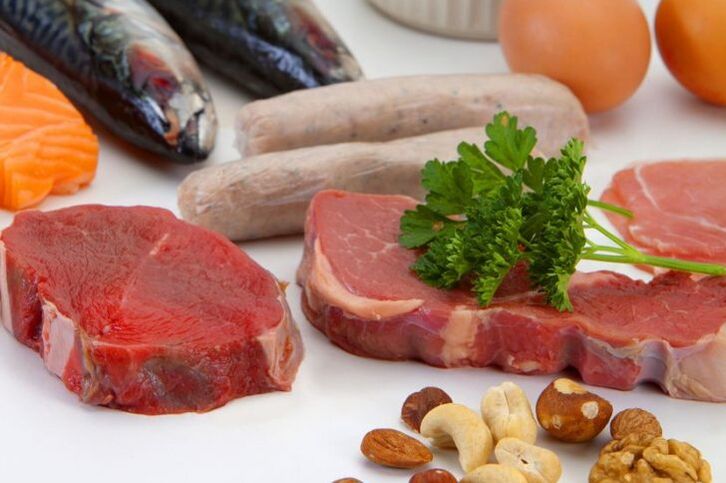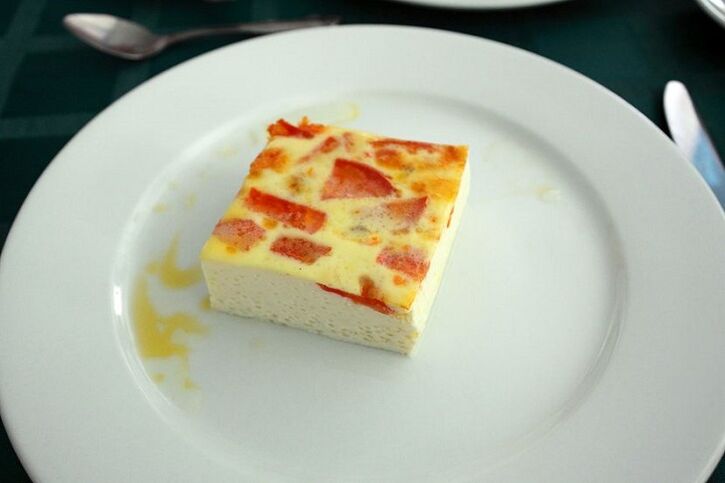
The ketogenic diet, which many people now use to lose weight, was actually developed to treat people with epilepsy. Because of this, many managed to reduce the manifestations of this "terrible" disease in their children, and some even completely forget about its existence.
But due to the fact that progress is not stopping, the ketogenic diet is rarely used for this purpose. But among lovers of a fit, slim and plump body, it has become very popular.
After all, it helps to dry out the body, shed excess pounds, and at the same time maintain muscle mass, something that not all diets achieve. Additionally, the ketogenic diet works well with exercise, further increasing its effectiveness.
Basic principles of the diet.
The ketogenic diet for weight loss is based on three basic concepts: protein, ketone, and ketosis. Proteins: their high presence in food prevents the body from drying out the muscles, instead, it takes energy from fat stores, which reduces body fat, which leads to weight loss.
Ketone is a substitute for carbohydrates, which are our body's energy and are often stored in reserve. From a medical point of view, ketones are the breakdown products of fats. If this process is artificially caused (that is, by completely eliminating the use of carbohydrates), harmful substances will begin to accumulate in the body, which in itself is dangerous.

Therefore, it is extremely important to understand that if you want to lose weight on a ketogenic diet, you must learn to artificially remove these substances from the body. And you can do this in several ways:
- drink plenty of fluids (toxins will simply be flushed out of the body and excreted naturally);
- playing sports (during training, the body sweats, and together with sweat, toxins are released);
- 1-2 times a week to replenish glycogen stores, that is, eat carbohydrate foods.
Note that the ketogenic diet does not completely exclude carbohydrates from the diet, but does reduce them to 30 grams per day. This amount is not enough to keep glycogen stores in the normal range. To do this, it is necessary to organize, as it were, recovery days. You should eat as follows: 5 days only protein foods, 2 days with carbohydrates.
Diet menu
The ketogenic diet menu consists, as you already understood, of protein foods. That:
- a fish;
- meat;
- eggs;
- cheese;
- curd;
- Milk;
- kefir.
Vegetables are also allowed while maintaining this diet. But it must be taken into account that they contain carbohydrates, so it is advisable to consume them in excess. You can use the following menu (you can change something, but according to the indications it should be more or less the same).
Breakfast
As a general rule, most of us eat scrambled eggs in the morning. And since eggs are on the list of allowed foods, they can be used to make an omelette for breakfast. It is recommended to cook it with a couple of 2 eggs, without adding oil. You can eat the tortilla in its pure form, or you can add 1 tomato and chopped vegetables to it.
So, let's count the carbs. Eggs contain approximately 0. 7 grams, tomatoes and herbs contain 5 grams each. In total, it turns out that such a breakfast contains only 11 grams of carbohydrates. Not bad.

Dinner
For lunch, you can cook any meat (100 grams) of your choice (except pork, because it is by no means a diet product). Beef and veal should be preferred. The meat can be boiled, steamed or baked in the oven without oil. Stewed vegetable stew (100 gram serving) can serve as a garnish. You can also add a small piece of cheese (no more than 40 grams), a cucumber, and fresh green lettuce to your lunch.
We count the amount of carbohydrates. Steamed vegetable stew contains about 7 grams, cucumber - 4 grams. There are no carbohydrates in meat and cheese. The total is only 11 grams.
Dinner
For dinner, instead of meat, you can eat a piece of fish (about 200 grams), add to it a couple of green salad leaves, a cucumber and a tomato. You can also eat a boiled egg. Such a dinner is light and will relieve you from the feeling of heaviness in the stomach.
Let's calculate the amount of carbohydrates in this dinner. Fish: in it, as in meat, there are no carbohydrates, an egg weighs about 0. 7 grams, a tomato 5 grams, a fresh cucumber 4 grams, and lettuce 1. 3 grams. The total is 12 grams.
And if you count the total carbohydrates ingested, you get 34 grams. This is very small. If, while on a diet, you feel drowsy or notice that you start to tire quickly, then you will need to increase the amount of carbohydrates consumed by about 2 times (up to 60 grams).
Since this diet provokes the artificial production of ketones, which can negatively affect the state of health, it is necessary to consult a doctor in advance. Otherwise, you risk getting exacerbations or new diseases as a "bonus. "













































